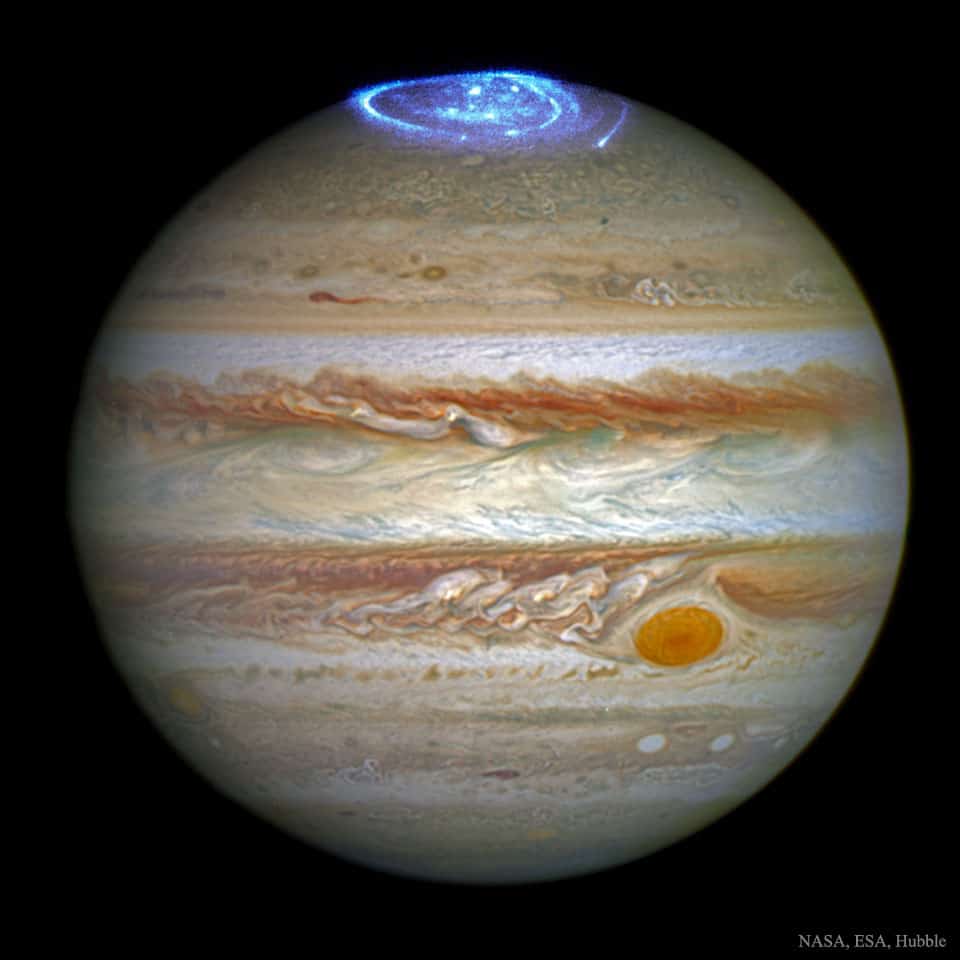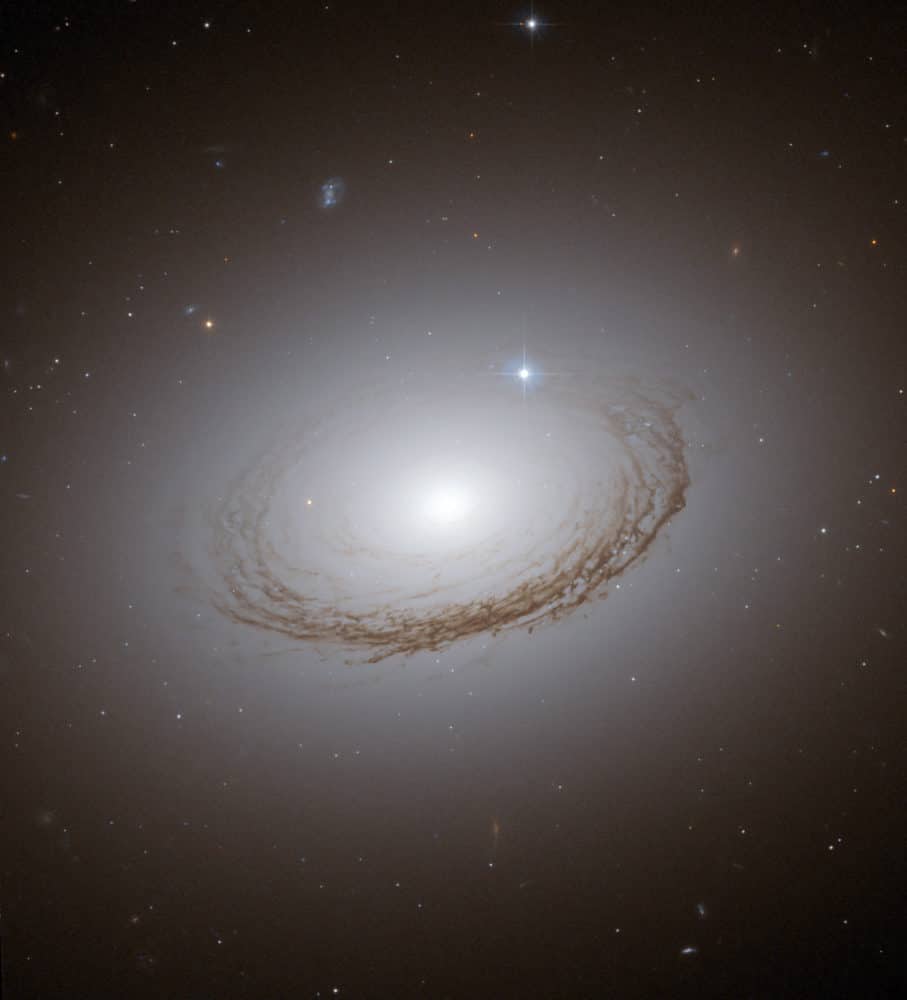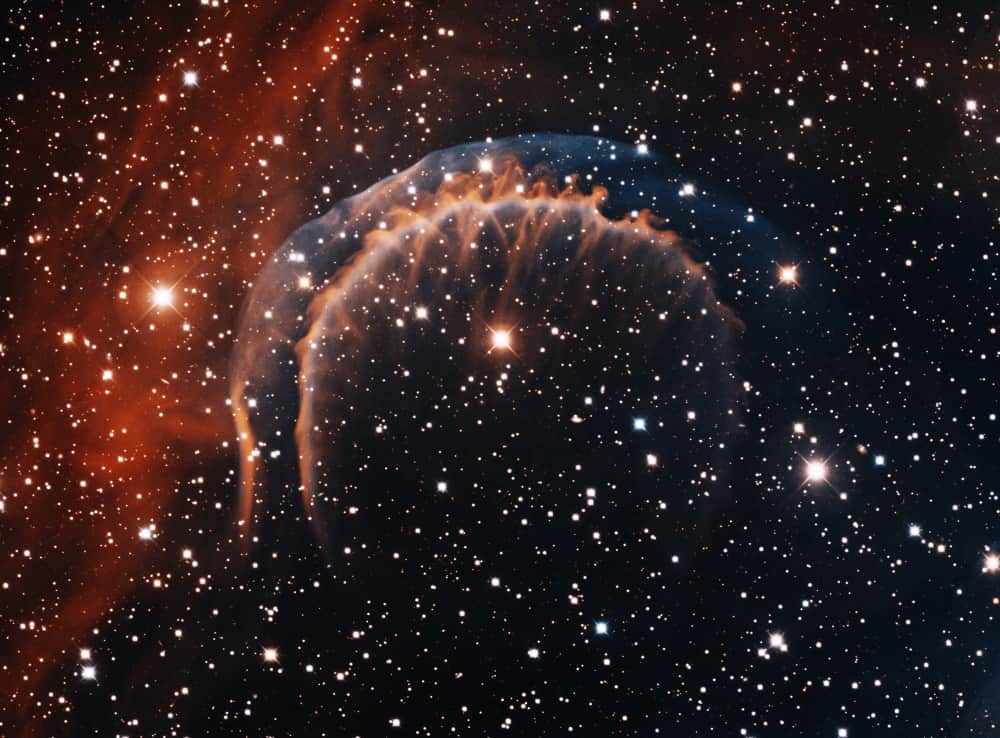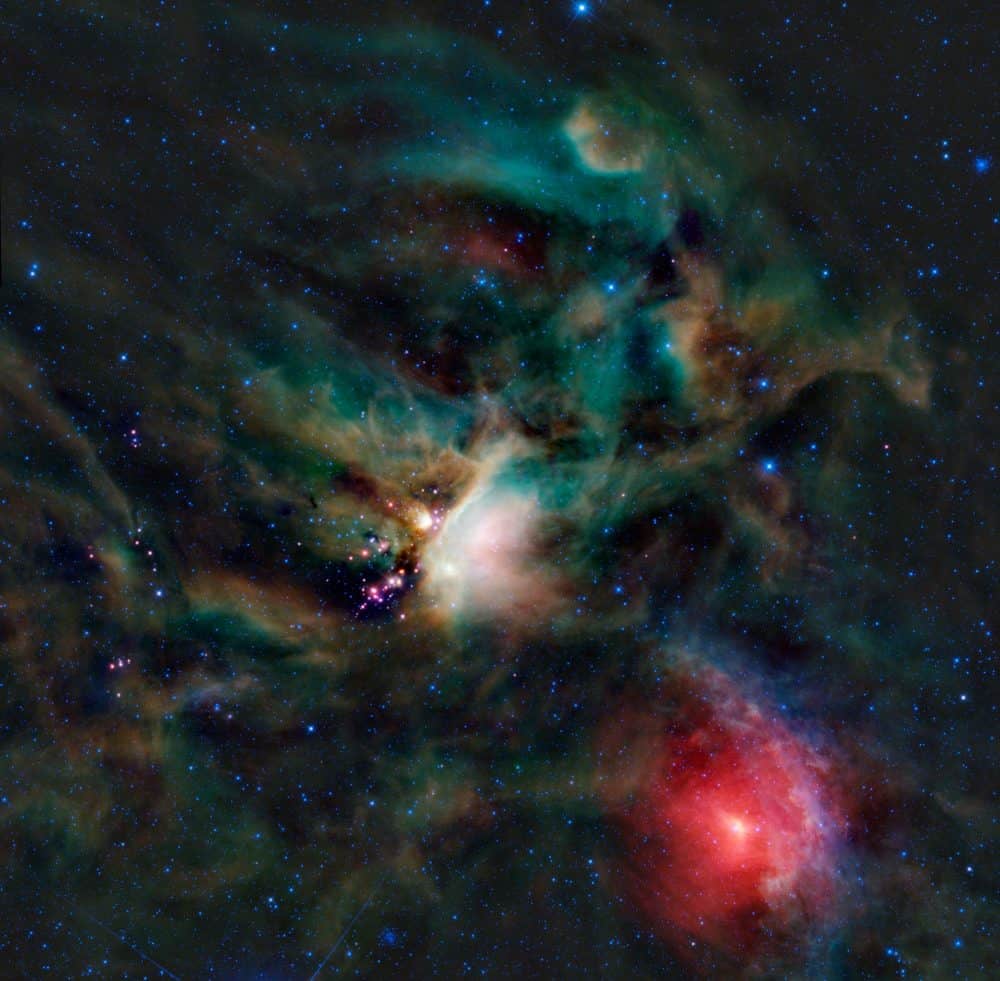Blog
From Samiland Norway
more...Dub version of Jump Nyabinghi
more...Jupiter will align with Earth and the sun tonight, standing alongside our planet and the fiery star in a perfect straight line.
This phenomenon, known as opposition, occurs just once every 13 months and finds the gas giant reaching its closest distance to Earth. Most significantly for space enthusiasts, opposition marks the year’s most optimal Jupiter viewing conditions, enabling binocular-equipped watchers to easily spot the planet and perhaps even a few of its 79 moons.
According to Vox’s Brian Resnick, Jupiter will grace the southeastern sky at dusk and remain visible until setting in the west at dawn. Those with binoculars should be able to see both the enormous planet, officially the largest in our solar system, and its four brightest moons—Io, Europa, Callisto and Ganymede. If you own a telescope, you may also be able to make out individual cloud bands and Jupiter’s characteristic Great Red Spot.
To locate Jupiter, simply look to the southeast and find the brightest object in the sky, excluding Venus and the moon, as Inverse’s Scott Snowden points out. Although the precise moment of opposition will take place at 6 p.m. Eastern time, Sky & Telescope’s Bob King writes that the planet will reach ideal viewing height around 11:30 p.m. and will remain visible through sunrise, or roughly 7 a.m.
Jupiter will be well placed for observation, in the constellation Ophiuchus. It will be visible for much of the night, reaching its highest point in the sky at around midnight local time.
From Minneapolis, it will be visible between 21:43 and 04:38. It will become accessible at around 21:43, when it rises 7° above your south-eastern horizon, and then reach its highest point in the sky at 01:13, 22° above your southern horizon. It will become inaccessible at around 04:38 when it sinks to 7° above your south-western horizon.
Jupiter has aurorae. Like Earth, the magnetic field of the gas giant funnels charged particles released from the Sun onto the poles. As these particles strike the atmosphere, electrons are temporarily knocked away from existing gas molecules. Electric force attracts these electrons back. As the electrons recombine to remake neutral molecules, auroral light is emitted. In the featured recently released composite image by the Hubble Space Telescope taken in ultraviolet light, the aurorae appear as annular sheets around the pole. Unlike Earth’s aurorae, Jupiter’s aurorae include several bright streaks and dots. Jupiter’s Great Red Spot is visible on the lower right. Recent aurorae on Jupiter have been particularly strong — a fortunate coincidence with the arrival of NASA’s Juno spacecraft at Jupiter last week. Juno was able to monitor the Solar Wind as it approached Jupiter, enabling a better understanding of aurorae in general, including on Earth.
more...
Bernard Lee “Pretty” Purdie (born June 11, 1939 ) is an American drummer, considered an influential R&B, soul, funk musician. He is known for his precise musical time keeping and his signature use of triplets against a half-time backbeat: the “Purdie Shuffle.” He was inducted into the Modern Drummer Hall of Fame in 2013.
Purdie recorded Soul Drums (1968) as a band leader and although he went on to record Alexander’s Ragtime Band, the album remained unreleased until Soul Drums was reissued on CD in 2009 with the Alexander’s Ragtime Band sessions. Other solo albums include Purdie Good (1971), Soul Is … Pretty Purdie (1972) and the soundtrack for the blaxploitation film Lialeh (1973).
In the mid-1990s he was a member of The 3B’s, with Bross Townsend and Bob Cunningham. Purdie was born on June 11, 1939 in Elkton, Maryland, US, the eleventh of fifteen children. At an early age he began hitting cans with sticks and learned the elements of drumming techniques from overhearing lessons being given by Leonard Heywood. He later took lessons from Heywood and played in Heywood’s big band. Purdie’s other influences at that time were Papa Jo Jones, Buddy Rich, Gene Krupa, Joe Marshall, Art Blakey, as well as Cozy Cole, Sticks Evans, Panama Francis, Louis Bellson, and Herbie Lovelle.
In 1961 he moved from his home town of Elkton, Maryland, to New York City. There he played sessions with Mickey and Sylvia and regularly visited the Turf Club on 50th and Broadway, where musicians, agents, and promoters met and touted for business. It was during this period that he played for the saxophonist Buddy Lucas, who nicknamed him ‘Mississippi Bigfoot’. Eventually Barney Richmond contracted him to play session work. In a 1978 interview, Purdie claimed to have added drum overdubs to “several [tracks] of the Beatles’ Hamburg recording” with Tony Sheridan, including “Ain’t She Sweet”, “Take Out Some Insurance On Me Baby” and “Sweet Georgia Brown”, to give them a punchier sound for the US market.
Purdie was contracted by arranger Sammy Lowe to play a session with James Brown in 1965 and recording session records also show that Purdie played on “Ain’t That A Groove” at the same session. Purdie is credited on the James Brown’s albums Say It Loud – I’m Black and I’m Proud(1969) and Get on the Good Foot (1972).
Purdie started working with Aretha Franklin as musical director in 1970 and held that position for five years, as well as drumming for Franklin’s opening act, King Curtis and The King Pins. 5–7 March 1971 he performed with both bands at the Fillmore West; the resulting live recordings were released as Aretha Live At The Fillmore West (19 May 1971) and King Curtis’s Live At Fillmore West (1971). His best known track with Franklin was “Rock Steady”, on which he played what he described as “a funky and low down beat”. Of his time with Franklin he once commented that “backing her was like floating in seventh heaven”
https://www.youtube.com/watch?v=rMv-ORzl3Fc
more...Sheldon Manne (June 11, 1920 – September 26, 1984), professionally known as Shelly Manne, was an American jazz drummer. Most frequently associated with West Coast jazz, he was known for his versatility and also played in a number of other styles, including Dixieland, swing, bebop, avant-garde jazz and fusion, as well as contributing to the musical background of hundreds of Hollywood films and television programs.
Manne’s father and uncles were drummers. In his youth he admired many of the leading swing drummers of the day, especially Jo Jones and Dave Tough. Billy Gladstone, a colleague of Manne’s father and the most admired percussionist on the New York theatrical scene, offered the teenage Shelly tips and encouragement. From that time, Manne rapidly developed his style in the clubs of 52nd Street in New York in the late 1930s and 1940s. His first professional job with a known big band was with the Bobby Byrne Orchestra in 1940. In those years, as he became known, he recorded with jazz stars like Coleman Hawkins, Charlie Shavers, and Don Byas. He also worked with a number of musicians mainly associated with Duke Ellington, like Johnny Hodges, Harry Carney, Lawrence Brown, and Rex Stewart.
https://www.youtube.com/watch?v=Mcg2LEublSg
more...Clarence Smith (June 11, 1904 – March 15, 1929), better known as Pinetop Smith or Pine Top Smith, was an American boogie-woogie style blues pianist. His hit tune “Pine Top’s Boogie Woogie” featured rhythmic “breaks” that were an essential ingredient of ragtime music, but also a fundamental foreshadowing of rock & roll. The song was also the first known use of the term “boogie woogie” on a record, and cemented that term as the moniker for the genre. Smith was born in Troy, Alabama and raised in Birmingham, Alabama. He received his nickname as a child from his liking for climbing trees. In 1920 he moved to Pittsburgh, Pennsylvania, where he worked as an entertainer before touring on the T. O. B. A. vaudeville circuit, performing as a singer and comedian as well as a pianist. For a time he worked as accompanist for blues singer Ma Rainey and Butterbeans and Susie.
In the mid-1920s he was recommended by Cow Cow Davenport to J. Mayo Williams at Vocalion Records, and in 1928 he moved, with his wife and young son, to Chicago, Illinois to record. For a time he, Albert Ammons, and Meade Lux Lewis lived in the same rooming house.
more...NGC 7049 is a lenticular galaxy that spans about 150,000 light-years and lies about 100 million light-years away from Earth in the inconspicuous southern constellation of Indus.
NGC 7049’s unusual appearance is largely due to a prominent rope-like dust ring which stands out against the starlight behind it. These dust lanes are usually seen in young galaxies with active star-forming regions. NGC 7049 shows the features of both an elliptical galaxy and a spiral galaxy, and has relatively few globular clusters, indicative of its status as a lenticular type. near the galaxy’s center. NGC 7049 is the brightest (BCG) of the Indus triplet of galaxies (NGC 7029, NGC 7041, NGC 7049), and its structure might have arisen from several recent galaxy collisions. Typical BCGs are some of the oldest and most massive galaxies.
more...Gary Thomas (born June 10, 1961, Baltimore, Maryland) is an American jazz saxophonist and flautist from Baltimore, Maryland. He was a member of Jack DeJohnette‘s Special Edition band and has worked with John McLaughlin, Herbie Hancock, Pat Metheny, John Scofield, Jim Hall, Dave Holland, Greg Osby, Wayne Shorter, Ravi Coltrane, Cassandra Wilson, Wallace Roney, Steve Coleman, and Miles Davis.
Thomas was the Director and Chair of Jazz Studies at Johns Hopkins University in Baltimore.
more...Chester Arthur Burnett (June 10, 1910 – January 10, 1976), known as Howlin’ Wolf, was a Chicago blues singer, guitarist, and harmonica player, originally from Mississippi. With a booming voice and imposing physical presence, he is one of the best-known Chicago blues artists. The musician and critic Cub Koda noted, “no one could match Howlin’ Wolf for the singular ability to rock the house down to the foundation while simultaneously scaring its patrons out of its wits.” Producer Sam Phillips recalled, “When I heard Howlin’ Wolf, I said, ‘This is for me. This is where the soul of man never dies.'” Several of his songs, including “Smokestack Lightnin'”, “Killing Floor” and “Spoonful”, have become blues and blues rock standards. In 2011, Rolling Stone magazine ranked him number 54 on its list of the “100 Greatest Artists of All Time”.
Burnett was born on June 10, 1910, in White Station, Mississippi, near West Point. He was given the name Chester Arthur, after Chester A. Arthur, the 21st President of the United States. His physique garnered him the nicknames “Big Foot Chester” and “Bull Cow” as a young man: he was 6 feet 3 inches (191 cm) tall and often weighed close to 300 pounds (136 kg). He explained the origin of the name Howlin’ Wolf: “I got that from my grandfather”, who would tell him stories about wolves in that part of the country and warn him that if he misbehaved the “howling wolves” would get him. The blues historian Paul Oliver wrote that Burnett once claimed to have been given his nickname by his idol Jimmie Rodgers.
more...
This image was obtained with the wide-field view of the Mosaic camera on the Mayall 4-meter telescope at Kitt Peak National Observatory. Hartl-Dengel-Weinberger 3 (HDW 3) is a large, ancient planetary nebula. Its distinctive braided shape is the result of the planetary nebula colliding with the interstellar gas around it as the nebula moves through the galaxy. The star that produced the planetary nebula is the faint bluish one just below and to the right of the bright star near the center of the image.The image was generated with observations in Hydrogen alpha (red) and Sulphur [S II] (blue) filters. In this image, North is up, East is to the left. Distance: 163,000 Light Years
more...
Kenny Barron (born June 9, 1943) is an American jazz pianist, who has appeared on hundreds of recordings as leader and sideman and is considered one of the most influential mainstream jazz pianists since the bebop era. Born in Philadelphia, Pennsylvania, Kenny Barron is the younger brother of tenor saxophonist Bill Barron (1927–1989). One of his first gigs was as pianist with the Dizzy Gillespie quartet. Barron was briefly a member of the Jazztet around 1962, but did not record with them. He graduated in 1978 with a BA in Arts from Empire State College (Metropolitan Center, New York City). He also co-led the groups Sphere and the Classical Jazz Quartet.
Between 1987 and 1991, Barron recorded several albums with Stan Getz, most notably Voyage, Bossas & Ballads – The Lost Sessions, Serenity, Anniversary and People Time, a two-CD set.
He has been nominated nine times for Grammy Awards and for the American Jazz Hall of Fame. He was elected a Fellow of the American Academy of Arts and Sciences in 2009.
more...Lester William Polsfuss (June 9, 1915 – August 12, 2009), known as Les Paul, was an American jazz, country, and blues guitarist, songwriter, luthier, and inventor. He was one of the pioneers of the solid-body electric guitar, and his techniques served as inspiration for the Gibson Les Paul. Paul taught himself how to play guitar, and while he is mainly known for jazz and popular music, he had an early career in country music. He is credited with many recording innovations. Although he was not the first to use the technique, his early experiments with overdubbing (also known as sound on sound), delay effects such as tape delay, phasing effects and multitrack recording were among the first to attract widespread attention.
His innovative talents extended into his playing style, including licks, trills, chording sequences, fretting techniques and timing, which set him apart from his contemporaries and inspired many guitarists of the present day. He recorded with his wife, the singer and guitarist Mary Ford, in the 1950s, and they sold millions of records.
Among his many honors, Paul is one of a handful of artists with a permanent, stand-alone exhibit in the Rock and Roll Hall of Fame. He is prominently named by the music museum on its website as an “architect” and a “key inductee” with Sam Phillips and Alan Freed. Les Paul is the only person to be included in both the Rock and Roll Hall of Fame and the National Inventors Hall of Fame.
more...Cole Albert Porter (June 9, 1891 – October 15, 1964 Peru, IN) was an American composer and songwriter. Born to a wealthy family in Indiana, he defied his grandfather’s wishes and took up music as a profession. Classically trained, he was drawn to musical theatre. After a slow start, he began to achieve success in the 1920s, and by the 1930s he was one of the major songwriters for the Broadway musical stage. Unlike many successful Broadway composers, Porter wrote the lyrics as well as the music for his songs.
After a serious horseback riding accident in 1937, Porter was left disabled and in constant pain, but he continued to work. His shows of the early 1940s did not contain the lasting hits of his best work of the 1920s and ’30s, but in 1948 he made a triumphant comeback with his most successful musical, Kiss Me, Kate. It won the first Tony Award for Best Musical.
Porter’s other musicals include Fifty Million Frenchmen, DuBarry Was a Lady, Anything Goes, Can-Can and Silk Stockings. His numerous hit songs include “Night and Day“, “Begin the Beguine“, “I Get a Kick Out of You“, “Well, Did You Evah!“, “I’ve Got You Under My Skin“, “My Heart Belongs to Daddy” and “You’re the Top“. He also composed scores for films from the 1930s to the 1950s, including Born to Dance (1936), which featured the song “You’d Be So Easy to Love“; Rosalie (1937), which featured “In the Still of the Night“; High Society (1956), which included “True Love“; and Les Girls (1957).
more...The Rho Ophiuchi cloud complex is a dark nebula of gas and dust that is located 1° south of the star ρ Ophiuchi of the constellation Ophiuchus. At an estimated distance of 131 ± 3 parsecs, this cloud is one of the closest star-forming regions to the Solar System.
This cloud covers an angular area of 4.5° × 6.5° on the celestial sphere. It consists of two major regions of dense gas and dust. The first contains a star-forming cloud (L1688) and two filaments (L1709 and L1755), while the second has a star-forming region (L1689) and a filament (L1712–L1729). These filaments extend up to 10–17.5 parsecs in length and can be as narrow as 0.24 parsecs in width. Some of the structures within the complex appear to be the result of a shock front passing through the clouds from the direction of the neighboring Sco OB2 association.
Temperatures of the clouds range from 13–22 K, and there is a total of about 3,000 times the mass of the Sun in material. Over half of the mass of the complex is concentrated around the L1688 cloud, and this is the most active star-forming region. There are embedded infrared sources within the complex. A total of 425 infrared sources have been detected near the L1688 cloud. These are presumed to be young stellar objects, including 16 classified as protostars, 123 T Tauri stars with dense circumstellar disks, and 77 weaker T Tauri stars with thinner disks. The last two categories of stars have estimated ages ranging from 100,000 to a million years.
more...More Posts
- Tina Brooks
- Tal Farlow
- World Music with Oumou Sangaré
- Daily Roots Jah Bible
- Cosmos M31/Milky Way
- Steve Vai
- Monty Alexander
- Grant Green
- World Music Noori & his Dorpa Band
- Daily Roots Michael Prophet
- Diego LaBriola Memorial 6-5-22
- Cosmos NGC 3372
- Laurie Anderson
- Peter Erskine
- Jerry González
- SAVE UKRAINE GO_A
- Daily Roots Dennis Matumbi
- Patty Lacy
- Cosmos Tau Herculids
- Mikey Dread



